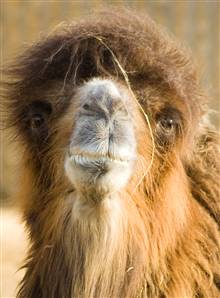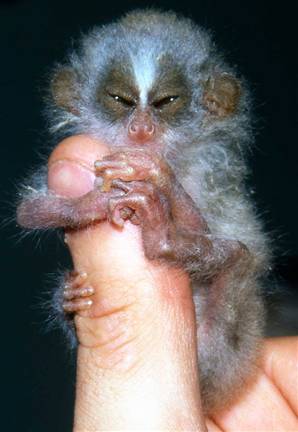 
토플배경지식
MSNBC.com
--------------------------------------------------------------------------------
Scientists aim to save ‘EDGE’ species
Zoological Society of London lists 10 on the edge of extinction
MSNBC staff and news service reports
Updated: 6:59 p.m. ET Jan. 15, 2007
LONDON - Scientists launched a bid Tuesday to save some of the world’s rarest and most neglected creatures from extinction.
With an initial list of 10 — including a venomous shrew-like creature, an egg-laying mammal and the world’s smallest bat — the program will give last ditch conservation aid where to date there has been little or none.
“We are focusing on EDGE species — that means they are Evolutionarily Distinct and Globally Endangered,” said Zoological Society of London scientist Jonathan Baillie.
“These are one-of-a-kind species. If they are lost there is nothing similar to them left on the planet. It would be a bit like the art world losing the Mona Lisa — they are simply irreplaceable,” he told Reuters.
Not only are the target species unique, the project itself is breaking new ground by using the Internet to highlight threatened creatures and encourage the public to sponsor conservation.
“This is appealing to the general public to take action to reverse the decline of these amazing species,” Baillie said.
Global warming and human depredations on habitat are cited as root causes of the problem and Baillie said the top creature on the agenda, the Yangtze River dolphin, may already have disappeared.
Listed as being down to just 13 individuals, scientists visiting the area recently had not seen any. “This really highlights the importance of acting quickly,” Baillie said.
The scientists based their priority system on the evolutionary history of each species and its threat of extinction. They also found that of the top 100 EDGE species identified, two-thirds receive "little or no" conservation attention.
EDGE species include the rather more iconic — and recognizable — elephants and pandas, but the London Zoo project is also aiming far smaller.
The list includes the bumblebee bat, the Hispaniolan solenodon and the golden-rumped elephant shrew, but Baillie hopes to save far more.
“Our goal is to ensure that over the next five years there are conservation measures in place for the top 100 species,” Baillie said. “We have 10 species we are focusing on this year but that will change over time.”
The first 10 are:
Yangtze River dolphin;
Attenborough’s long-beaked echidna, an egg-laying mammal;
Hispaniolan solenodon, a venomous shrew-like creature;
Bactrian camel;
Pygmy hippopotamus;
Slender Loris, a shy, nocturnal primate with gigantic eyes;
Hirola antelope, known as the “four-eye antelope” as their preorbital glands look like a second set of eyes;
Golden-rumped elephant shrew, which is the size of a small rabbit;
Bumblebee bat, possibly the world’s smallest mammal;
Long-eared jerboa, a mouse-like animal with the largest ear-to-body ratio of any mammal.
© 2007 MSNBC InteractiveReuters contributed to this report.
URL: http://www.msnbc.msn.com/id/16636833/
--------------------------------------------------------------------------------
© 2007 MSNBC.com
|